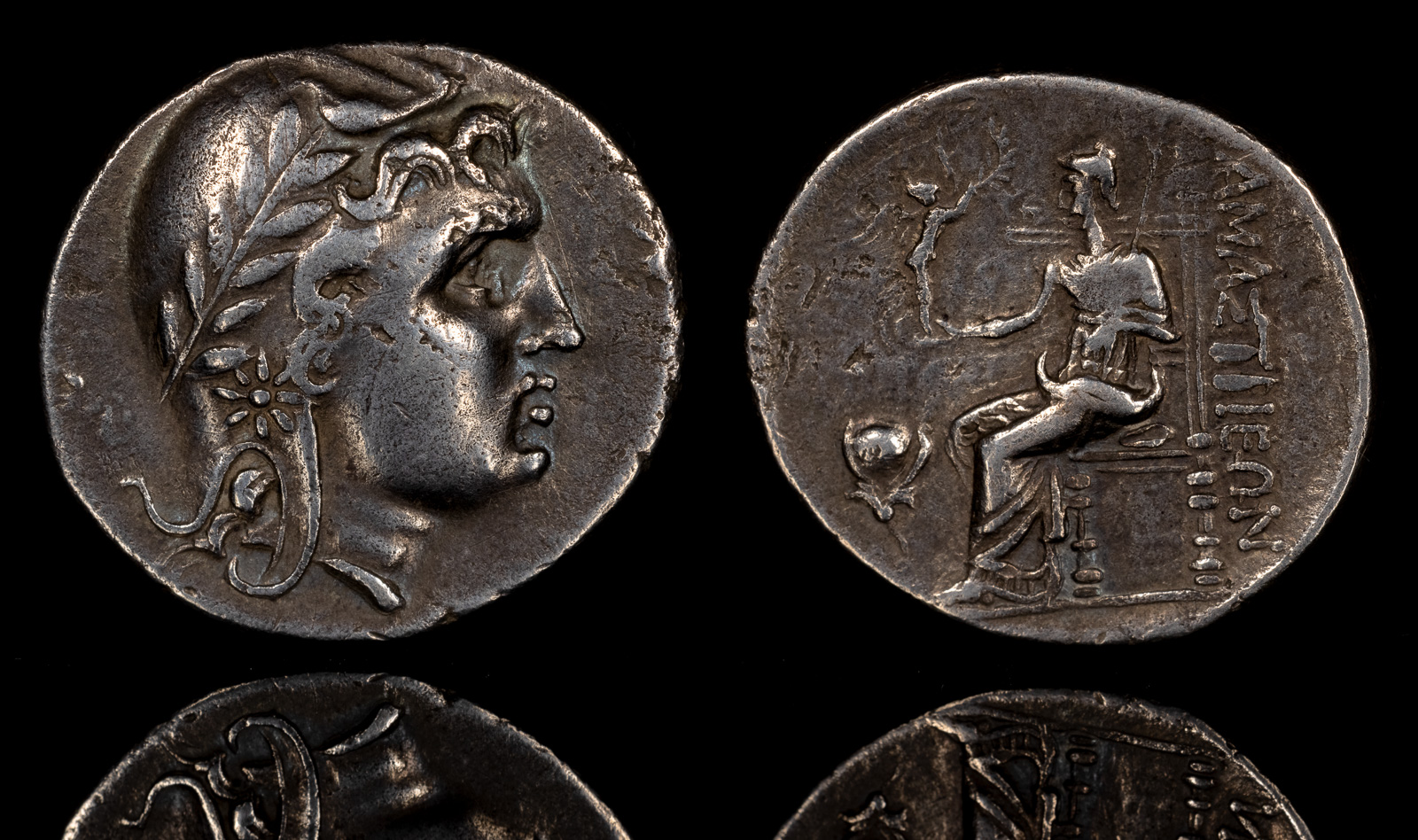Stater
View All Tags
The stater was a prominent coin in ancient Greek and later in Roman and other Mediterranean cultures, originating in the 6th century BCE. The term “stater” itself is derived from the Greek word στάτηρ (státēr), which means “standard,” reflecting the coin’s role as a standard unit of currency across the Greek world.
The first staters were likely made of electrum, a naturally occurring alloy of gold and silver, which was used in coins minted by the Lydians, a civilization in what is now modern-day Turkey. The Lydian stater is widely considered the first true coin, struck during the reign of King Croesus in the 6th century BCE. These early coins, although not yet widely standardized, were a significant advancement in the use of currency for trade and the economy. The Lydian stater was followed by the adoption of the stater by Greek city-states, who began to mint their own versions in silver, and later gold, as the use of coinage spread throughout the Mediterranean.
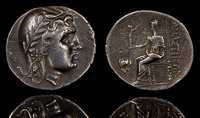
Amastris 285-250 BCE
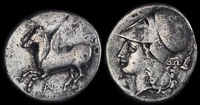
Anaktorion, Akarnania 350-300 BCE
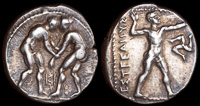
Aspendos, Pamphylia 380-325 BCE
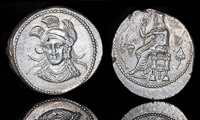
Balakros 333-323 BCE
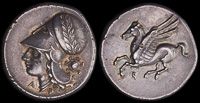
Corinth 350-306 BCE
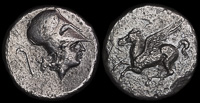
Echinos 345-300 BCE
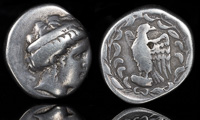
Elis, Olympia 111th Olympiad 336 BCE

King Monounios of Illyria, 305-275 BCE

Koronta, Akarnania 300-250 BCE

Leukas, Akarnania 375-350 BCE
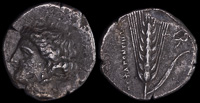
Lucania, Metapontion 400-340 BCE
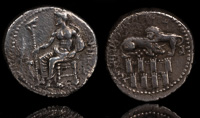
Mazaios 361-334 BCE
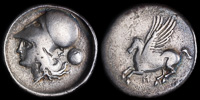
Metropolis, Akarnania 300-250 BCE
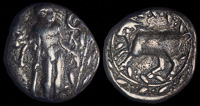
Phaistos, Crete 330-320 BCE

Pharnabazos 379-374 BCE

Praisos, Crete 300-270 BCE

Syennesis 440-400 BCE
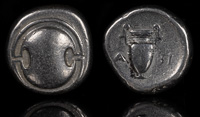
Thebes 368-364 BCE
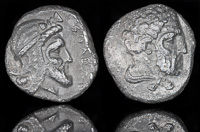
Tiribazos 385-380 BCE
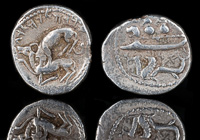
Urimilk III of Byblos 333 BCE
